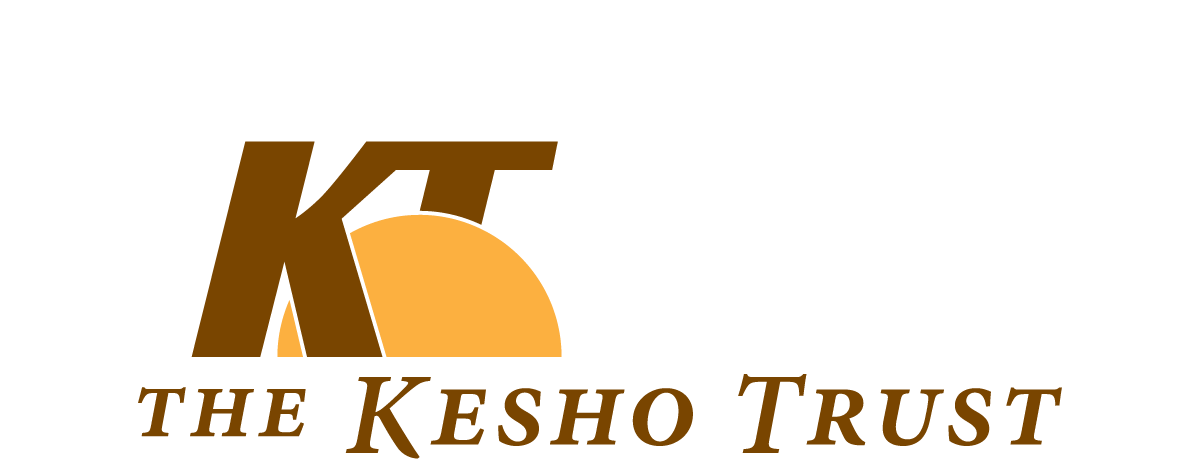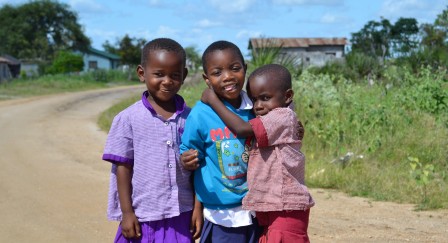 I recently participated in activities related to the PECC project of the Kesho Trust [May 23-30, 2016]. During my trip I took the opportunity to speak with some of the youth about their lives in Saadani village including topics such as their spare time activities, the pros and cons of life in the village, their dreams for the future, and the opportunities and challenges they may face in achieving those goals.
I recently participated in activities related to the PECC project of the Kesho Trust [May 23-30, 2016]. During my trip I took the opportunity to speak with some of the youth about their lives in Saadani village including topics such as their spare time activities, the pros and cons of life in the village, their dreams for the future, and the opportunities and challenges they may face in achieving those goals.
 Lots of the youth in the village enjoy spending their free time doing activities such as running, fishing, swimming, drawing, reading, studying, and playing football (soccer) or netball (basketball). Their balls are usually made out of bits of plastics wrapped around each other in the shape of sphere. Some of the younger children have toys that are made up of a stick (approximately 1 meter in length) with either a plastic bottle or two circular pieces of plastic that act as wheels on one end.
Lots of the youth in the village enjoy spending their free time doing activities such as running, fishing, swimming, drawing, reading, studying, and playing football (soccer) or netball (basketball). Their balls are usually made out of bits of plastics wrapped around each other in the shape of sphere. Some of the younger children have toys that are made up of a stick (approximately 1 meter in length) with either a plastic bottle or two circular pieces of plastic that act as wheels on one end.
 The responses about some pros and cons of village life had similar themes. One of the big topics was education. They said they lack materials including books, pencils and even uniforms. Some of the older kids said that the only secondary school was a 2 km walk from the village [most villages do not have a secondary school at all]. This secondary school also lacks school materials, but also food and drinking water. Elementary schools became free with the election of the new president, President John Magufuli, on October 25, 2015. However, the costs to attend secondary school are around Can $1,200. These high prices make it hard for families in the smaller villages to put their children through school. Children also mentioned that they are beaten by their parents, elders and school teachers.
The responses about some pros and cons of village life had similar themes. One of the big topics was education. They said they lack materials including books, pencils and even uniforms. Some of the older kids said that the only secondary school was a 2 km walk from the village [most villages do not have a secondary school at all]. This secondary school also lacks school materials, but also food and drinking water. Elementary schools became free with the election of the new president, President John Magufuli, on October 25, 2015. However, the costs to attend secondary school are around Can $1,200. These high prices make it hard for families in the smaller villages to put their children through school. Children also mentioned that they are beaten by their parents, elders and school teachers.
 Most of the children enjoy living in the village because they enjoy seeing wildlife and tourists and having access to activities such as fishing and swimming in the ocean. Some of the wildlife in the village includes warthogs, yellow baboons, monkeys and wild birds. Although it can be interesting to watch the local wildlife, these animals can also cause problems for the villagers. The baboons have been known to steal the villagers’ food, and both baboons and warthogs can be destructive. The village will also, on occasion, receive larger and more dangerous animals such as a lion or hyena. In this case, the villagers also fear for their livestock (e.g., goats and chickens) as well as themselves.
Most of the children enjoy living in the village because they enjoy seeing wildlife and tourists and having access to activities such as fishing and swimming in the ocean. Some of the wildlife in the village includes warthogs, yellow baboons, monkeys and wild birds. Although it can be interesting to watch the local wildlife, these animals can also cause problems for the villagers. The baboons have been known to steal the villagers’ food, and both baboons and warthogs can be destructive. The village will also, on occasion, receive larger and more dangerous animals such as a lion or hyena. In this case, the villagers also fear for their livestock (e.g., goats and chickens) as well as themselves.
During my discussions with the youth, I also asked them about their dreams and goals for the future. A lot of the younger kids wanted to grow up to be teachers or doctors. However, jobs interests of the older youth were more diverse – a bus or taxi driver, a sales woman selling soft drinks, a pilot a soldier, and one girl wanted to be president. When I asked them about the challenges they may face in achieving these goals, most of their responses had to do with the lack of courses in school such as math and physics due to the lack of teachers along with the absence of science laboratories to conduct their experiments in. These make school graduation almost impossible. The challenges they face are not only in the schools, but in the village as well. There are not many job opportunities in the village, and no room or funding to open shops. One boy wanted to become a farmer, but said he lack the space for the land he would need.
 The lives of the youth in Saadani are so very different than the lives the youth have here in the Canada, or the Yukon where I live. We in Canada are presented with so many opportunities that most of us take for granted. For example, our education is free, up until post-secondary. We also have the advantages of things like free health care. But one of the things that amazed me the most about the youth I spoke with was the fact that even though they live in poverty, with little opportunity, most the people in the village are very happy with their lives. It makes you think about how small and pointless some of our “problems” really are.
The lives of the youth in Saadani are so very different than the lives the youth have here in the Canada, or the Yukon where I live. We in Canada are presented with so many opportunities that most of us take for granted. For example, our education is free, up until post-secondary. We also have the advantages of things like free health care. But one of the things that amazed me the most about the youth I spoke with was the fact that even though they live in poverty, with little opportunity, most the people in the village are very happy with their lives. It makes you think about how small and pointless some of our “problems” really are.
 The villages surrounding Saadani National Park are wonderful and beautiful places that provide many opportunities for the youth who are growing up there. However, they also provide many challenges for them. It seems that most of this is due to the amount of poverty in the village. My hope is that with the work that we are doing with through the Kesho Trust to work with the communities and the national parks agency will help boost the village economies and help improve the lives of the youth who live there.
The villages surrounding Saadani National Park are wonderful and beautiful places that provide many opportunities for the youth who are growing up there. However, they also provide many challenges for them. It seems that most of this is due to the amount of poverty in the village. My hope is that with the work that we are doing with through the Kesho Trust to work with the communities and the national parks agency will help boost the village economies and help improve the lives of the youth who live there.


